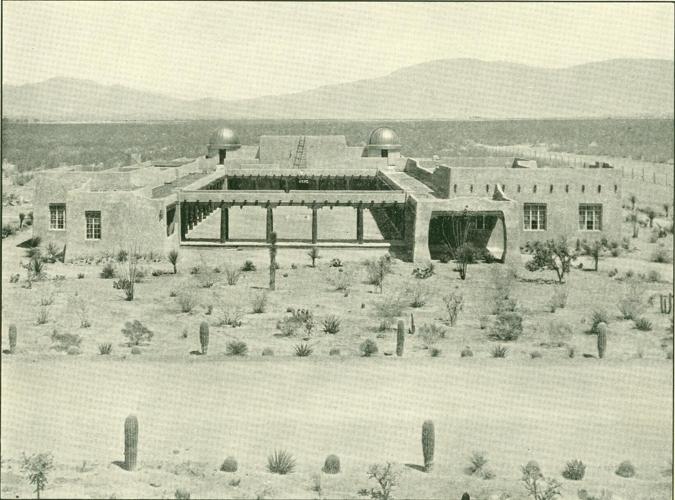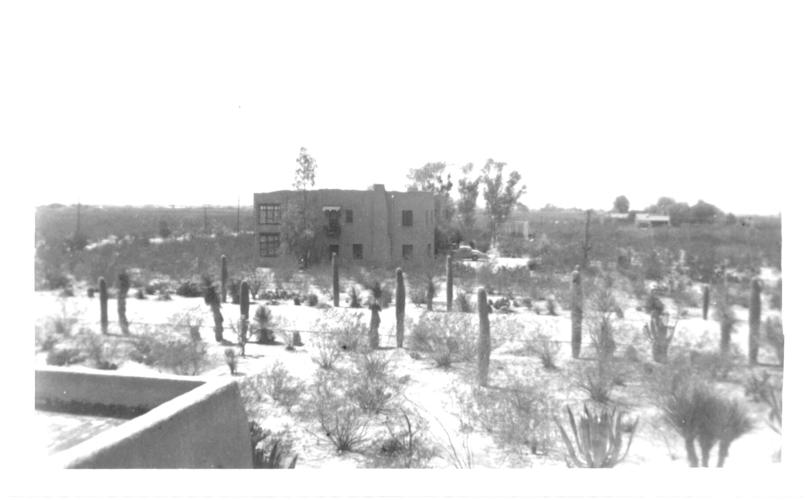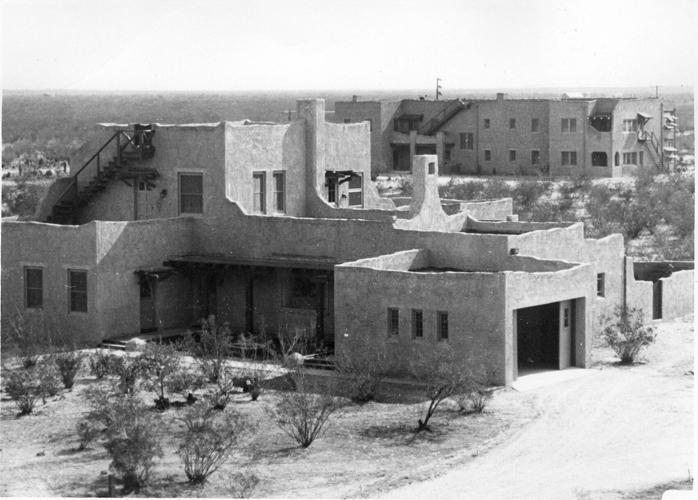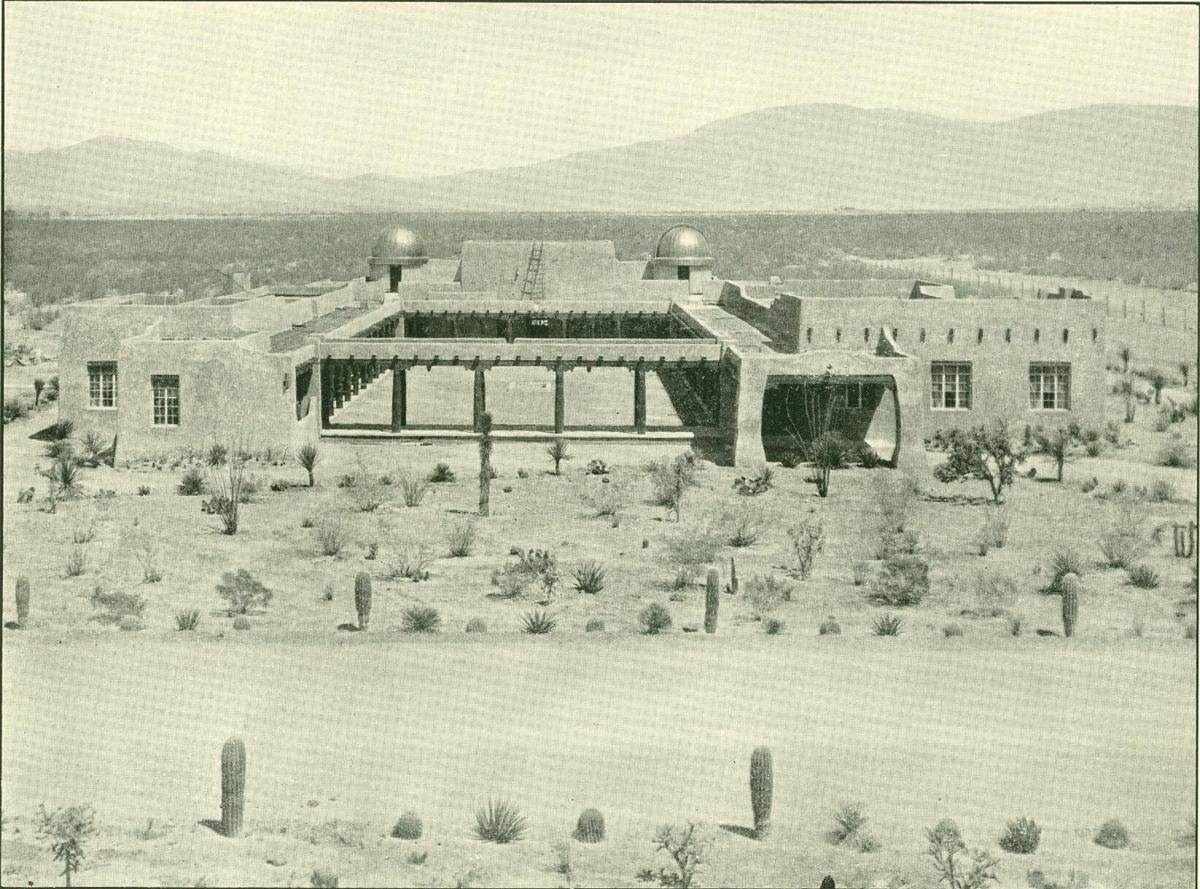Three buildings on the campus of Tucson Medical Center have been named to the National Register of Historic Places.
A former tuberculosis clinic with a U-shaped patio for sunbathing patients, a nurse’s dormitory and the private home of the couple who financed the sanatorium, and helped start TMC, have all been restored and repurposed.
The Patio Building, on Grant Road and Beverly Avenue, is currently administrative offices. It was built in 1929 to house patients with TB.
Known as the Desert Sanatorium Institute of Research and Diagnostic Clinic, it received patients from around the country seeking treatment, as sunlight was believed to be a cure.
Many of the original steel windows and carved wood beams remain intact, along with the grand fireplace.
The Arizona Building, also at Grant Road and Beverly Avenue, was built in 1927 as a nursing dormitory and had a screened-in porch for nights when it was too hot to sleep inside.
This building has carved wood light fixtures and a fireplace. It is currently unoccupied, but has served as office space in the past.

The Arizona Building at TMC was built in 1927 as a nursing dormitory and had a screened-in porch for nights when it was too hot to sleep inside.
The Erickson Building, built in 1928 on Beverly Avenue between TMC’s Tower garage and the 2424 garage, was the home of Alfred and Anna Erickson, who financed the sanatorium.
After Alfred’s death, his wife donated the property to the community in 1943 with the intention of making it into Tucson Medical Center.
The two-story stucco covered brick home has intricate wood shutters and awning and its interior is still set up like a home and used by the facilities department.

The Erickson Building was the home of Alfred and Anna Erickson, who financed the sanatorium and helped start TMC.
“These buildings are at the gateway of the Grant Road entry,” said Corky Poster, a local architect who worked on the rehabilitation. “They could have just been made into three museums, but TMC took a lot of time and effort to find an economically sustainable use of these old buildings.”
He said the goal of the rehabilitation was to “honor the buildings” while making them functional.
The original architects were renowned Tucsonans Henry Jaastad and Roy Place.
According to TMC history: “By 1943, the world was at war. Everything around Tucson and the Desert Sanatorium changed dramatically. Tucson found itself stripped of many of its resources – namely, housing and hospital beds. The Desert Sanatorium leadership feared there would be no research money, no world-renowned physicians, and no paying guests. Anna Erickson foresaw troubling times ahead and decided to close the Desert Sanatorium for the summer of ’43 – and maybe forever.
“Out of the chaos of the times came the strength of the Tucson community.”
Organizations such as St. Philip’s Episcopal Church, the American Red Cross and the Pima County Medical Society worked together for a solution, history records show.
Anna Erickson, seeing the community response, agreed to donate the Desert Sanatorium to the community once committees were formed and goals established for a new community hospital open to all physicians and all patients who needed care.
TMC was officially established in January 1944 and admitted its first patient on Nov. 9, 1944.
Renowned Tucson architect Roy Place brought the Spanish Colonial Revival style to the Old Pueblo, as well as the Pioneer Hotel, Bear Down Gym, the Plaza Theatre, the VA Hospital, and dozens of other buildings in town.







